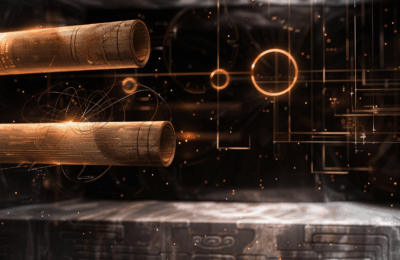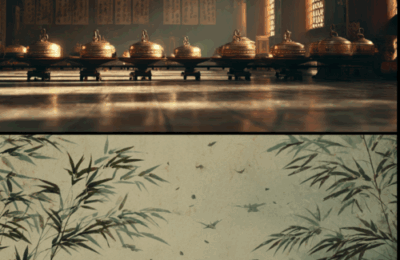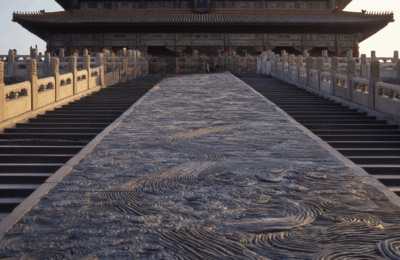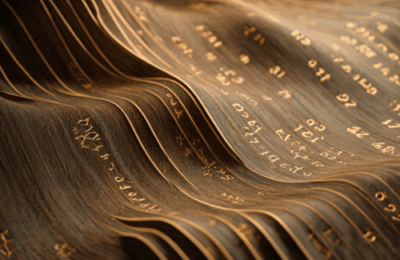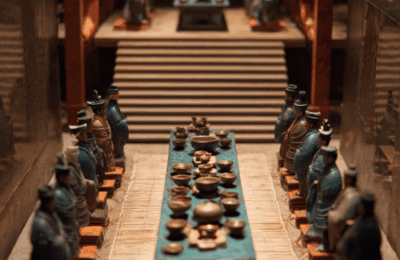《上古CEO的终极困局:雄心、民心与臣子之心|上博简〈举治王天下〉〈邦人不称〉〈史蒥问于夫子〉》
本篇以上博简《举治王天下》《邦人不称》《史蒥问于夫子》为轴心,将三篇看似独立的竹简重组为一个“权力三角模型”。通过顶层战略(雄心)、民意认同(民心)、执行层德行(臣子之心)三者之间的动态张力,揭示先秦治理体系的结构性困局。文章不试图将现代政治投射到古代,而是透过这些竹简,重新理解一个组织为何成功,亦为何失败。在古老的制度纹理中,读者得以看见当代组织仍未逃脱的三角悖论:战略是否足够接地气?执行者能否以身作则?民众是否真正被看见? This essay reframes three Shanghai Museum Chu bamboo‐slip manuscripts—Raising Order to Rule All Under Heaven, The People Do Not Praise, and Shi Liu Asks the Master—as a unified “Triangular Model of Power.” Together they reveal the structural tension between leadership vision, administrative integrity, and popular recognition: ambition, execution, and legitimacy. Rather than projecting modern politics onto antiquity, the piece uses these bamboo texts to illuminate why organizations succeed or collapse. From the idealistic blueprint of Ju Zhi, to the silent dissent in Bang Ren Bu Cheng, to the ethical discipline required in Shi Liu, the analysis highlights a persistent organizational paradox that transcends time.



